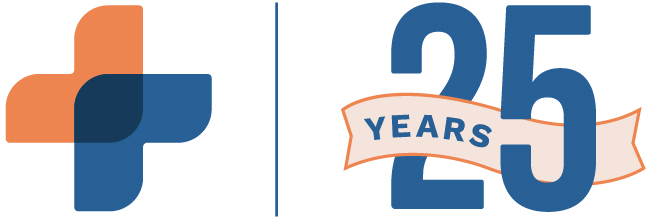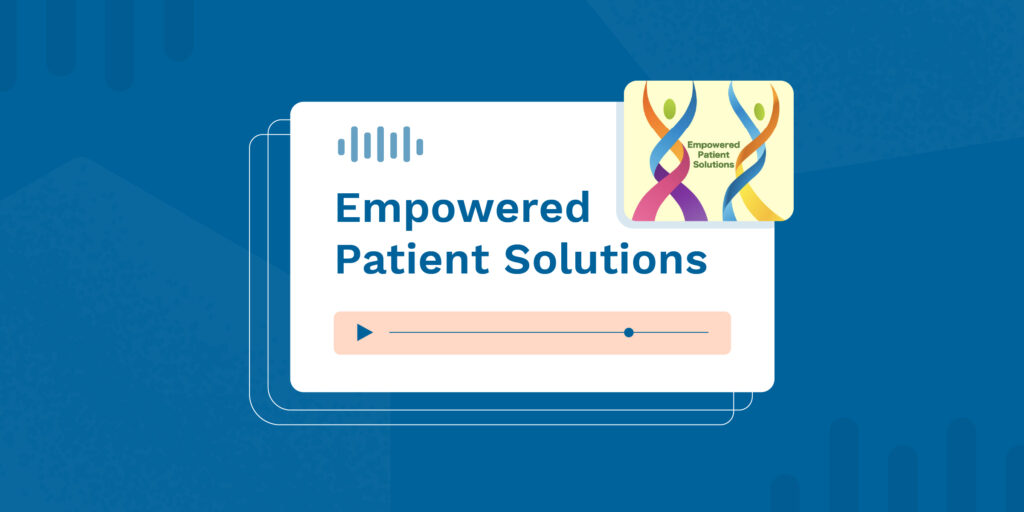According to the AAMC State Physician Workforce Data Report, California has over 110,000 active physicians, which is the largest number of any state in the US. Similarly, there are around 30,000 licensed dentists—almost double that of any other state—many of whom write prescriptions and prescribe medication to its 40 million people. With drug overdose deaths increasing 30% in 2021, preventative measures like Electronic Prescribing for Controlled Substances (EPCS) can help curb the national crisis. However, the massive quantity of prescribers can make unanimous adoption a challenge.
The California Healthcare Foundation defined Electronic Prescribing (e-prescribing) as a “computer-based generation of a prescription, an electronic transmission of the initial prescription to a pharmacy, and exchange of any renewal requests and responses between the prescriber and pharmacists.”
Beginning January 1st, 2022, Assembly Bill 2789 will require that all prescriptions written and received in California be transmitted electronically. Physicians must be able to write and transfer, pharmacies must have the capability to receive prescriptions electronically, and all licensees of the Dental Board of California with prescribing authority will also be required to write and transmit electronically. Paper prescriptions will no longer be allowed by state law.
Despite overwhelming benefits such as improved quality of care, increased efficiency, improved patient safety, and reduced costs, only 61% of California physicians have adopted EPCS technology as of December 2021. There are even fewer dentists who have done so. Now that legislation is mandating its adoption, here’s what California dentists, providers, and pharmacies should know to ease the integration of appropriate compliance technology.
California’s Existing Prescription Drug Monitoring Program (PDMP/PMP) – The CURES Database
Since 1997, California has required significant compliance laws requiring providers to register with the state’s Prescription Drug Monitoring Program (PDMP). The regulations require all healthcare practitioners to consult the California Controlled Substance Utilization Review and Evaluation System (CURES) database of Schedule II, III, IV, and V controlled substances dispensed in California. All California-licensed prescribers must register for access to CURES upon issuance of a federal Drug Enforcement Administration (DEA) Controlled Substance Registration certificate and number, and upon issuance of a Board of Pharmacy Pharmacist license, if not already registered. This is required even if the prescriber or pharmacy is not dispensing, prescribing, or administering a controlled substance.
Choosing the Right Technology for EPCS Requirements
While adoption may seem daunting, look out for technology traits that will lower barriers to entry and speed up the process. For EPCS technology that augments your existing systems, the following capabilities should be included:
1. Integration with EHR Software
Providers should be able to e-prescribe (eRx) within Electronic Health Records (EHR) or as a stand-alone system via a laptop or mobile device. Information such as medication name, dosage, frequency, and insurance coverage should be available and transmittable to a pharmacy within seconds. eRx software should be cloud-based and connect seamlessly to a Pharmacy Network Database (PDN) such as Surescripts. RXNT has held relationships with networks and providers for over 20 years, and cloud-based integration is key to success. Our customers explain, “This company was out in the forefront in the e-prescribing climate. Have been e-prescribing [controlled substances] lightyears before this was available to a majority of physicians in my area because of RXNT’s foresight. Truly cutting edge in this very important area of my practice.”
2. Customizable, Accessible Features for Your Workflow
One of the largest barriers to adoption is the potential for disruption of your current practice workflows. Software should be customizable to ease the transition and increase efficiency, for example: custom sigs, custom provider directions to follow for the given medication, favorites for medications or pharmacies, or mobile-optimized apps that allow providers to prescribe on-the-go with the same capabilities of the desktop app. These conveniences make technology adoption achievable so that practices can see results immediately.
3. Transparent Pricing Structure
Extra fees in addition to monthly or yearly payments for your software subscriptions can eat into your bottom line. Your new system shouldn’t include hidden fees for set-up and implementation, data migration, integrations, or training. Data migration alone can cost between $30,000 and $50,000 if you’ve picked the wrong vendor. Thankfully, not all software companies set pricing the same way. Look for flat, per-provider pricing without extra fees that only charges for licensed, prescribing physicians and not all staff members. Cost is an important factor in your EHR decision, but RXNT is transparent about our fees.
4. Agile System
Your software should be agile enough to fit into other systems such as practice management systems and queries as well as integrate key features to streamline processes. It should have direct access to state Prescription Drug Monitoring Programs from your EHR and eRx without having to separately access the PDMP database website. PMP/PDMP connectivity will provide full access to patients’ real-time medication history to assist healthcare providers in combating opioid abuse and addiction. Other key features in agile systems include electronic prior authorization (EPA) during the prescription writing process, automatic interaction checks, automatically loaded lab tests and real-time requests and reviews, alerts for allergies, as well as many other integrations. This automation alongside streamlined administrative tasks like billing and scheduling with a Practice Management (PM) system will allow your providers and practice to provide better, more accurate patient care.
Since 1999, RXNT has served healthcare professionals across a varied range of specialties, sending over 79 million prescriptions and almost 6 million claims. With a proven track record for cloud-based safety and security and five-time Surescripts award-winning and certified, RXNT’s healthcare software will help California providers quickly adapt to changing regulations in 2022 with minimal disruptions to your current workflow. Contact us to create a custom, cost-effective solution for your clinic, practice, or medical facility.





